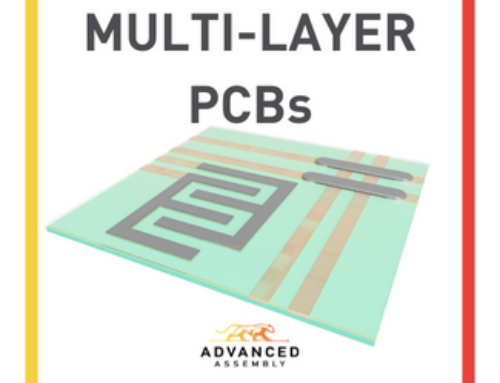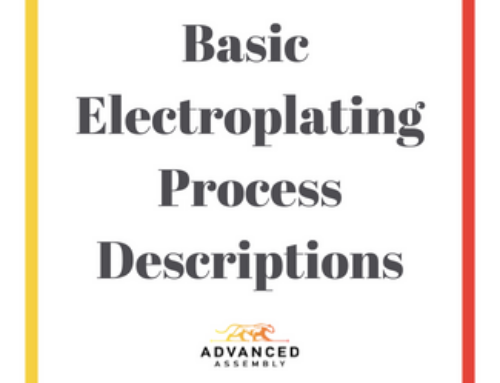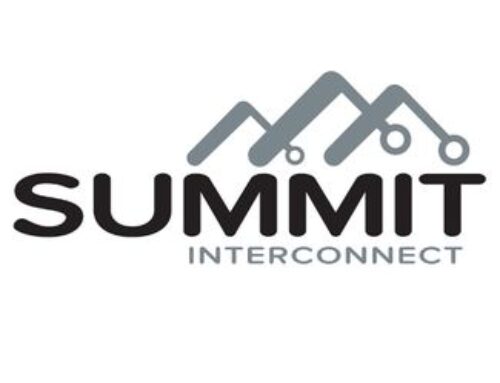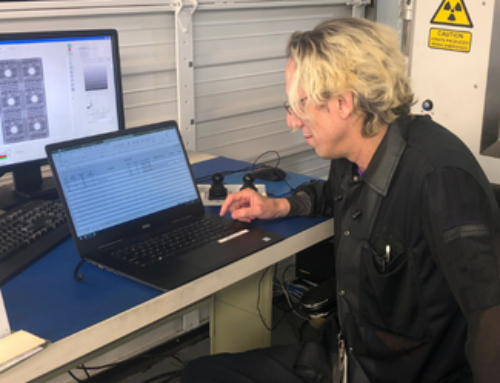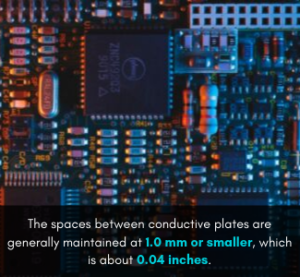 For your products to function, you need printed circuit boards. From the pager used in a hospital to the sophisticated computer or phone you are using to read this, PCBs are a part of life we cannot deny. But, exactly how are they made? Let’s feed your curiosity and give you a brief guide on the PCB manufacturing process.
For your products to function, you need printed circuit boards. From the pager used in a hospital to the sophisticated computer or phone you are using to read this, PCBs are a part of life we cannot deny. But, exactly how are they made? Let’s feed your curiosity and give you a brief guide on the PCB manufacturing process.
- Design and PCB layout: PCB manufacturers use complex software to design circuit boards, which must match with the function of the PCB prototype. The board designer uses a computer-aided design stem that has PCB software installed to layer out the circuit pattern on the board. The spaces between conductive plates are generally maintained at 1.0 mm or smaller, which is about 0.04 inches. Once the design is approved for manufacturing, it is exported into a format that PCB manufacturing company uses. The prototype undergoes checkpoints by software using sophisticated algorithms to ensure that no error goes undetected. The manufacturer then uses a special printer to print out a film that images the PCB. The printer produces a precise plastic sheet and photo negative of the design.
- Printing the inner layers: This PCB manufacturing process uses the printed design to map out a figure of a copper path. This is where the PCB is actually made. Here, PCB manufacturing companies laminate the board to receive the copper, providing the board with substrate material to make it dust resistant. The laminate is then cleaned before it gets a layer of a photosensitive film called resist. The prototype is then blasted with UV light which hardens the copper underneath the resist while ensuring that copper parts that should not harden are avoided. It is during this PCB manufacturing process that the unwanted copper is removed. A technician examines the PCB prototype assembly and ensures no error occurred.
- Layer alignment and bonding: By this time, all the layers are clean and ready to be aligned. The registered holes are aligned and placed into am optical punch machine that punches the registered holes. At this point, if an error occurs, it is impossible to correct it. The machine scans the layer using a laser and notifies the technician if it finds any inconsistency with the original Gerber file. If the layers are consistent, they are fused together in a two-part process called layer up and bonding. Holes are then bored into the stack board at a hairs-width with a computer controlling every movement of the drill, so the PCB is precise and functional.
- Planting and copper deposition: This process fuses the different layers using chemical deposits. The boards are cleaned in several chemical baths where thin layers of copper are deposited into the recently drilled holes. The outer layer is then fitted with a photoresist before it is hardened by UV lights, and the board is inspected to ensure all unwanted photoresist has been removed. A thin layer of copper is applied on the board where the exposed sections of the board receive copper electro-planting. The board is given a tin bath which is essential in protecting the copper during etching. Etching is the process that removes unwanted copper from the board. At this point, you can see the conducting areas and connections clearly.
- Solder mask application and testing: The panels are cleaned and baked in an oven to cure the solder mask. The PCB is then chemically plated to add extra solder-ability to the PCB. Some manufacturers also use hot air-leveled pads. This process results in uniform pads and leads to the generation of surface finish. Ink-jet writing on the surface is used to indicate all the vital information on the PCB before the PCB prototype is tested. A technician usually performs an electrical test on the board through an automated procedure that confirms the functionality of the board and whether it conforms to the original design. The board is then cut from the original panel and is ready to be used.
PCB manufacturing processes are complex and take a lot of practice to achieve high-quality boards. It is best to use a trusted manufacturer to get a functioning board for your products to maintain high-quality products.


